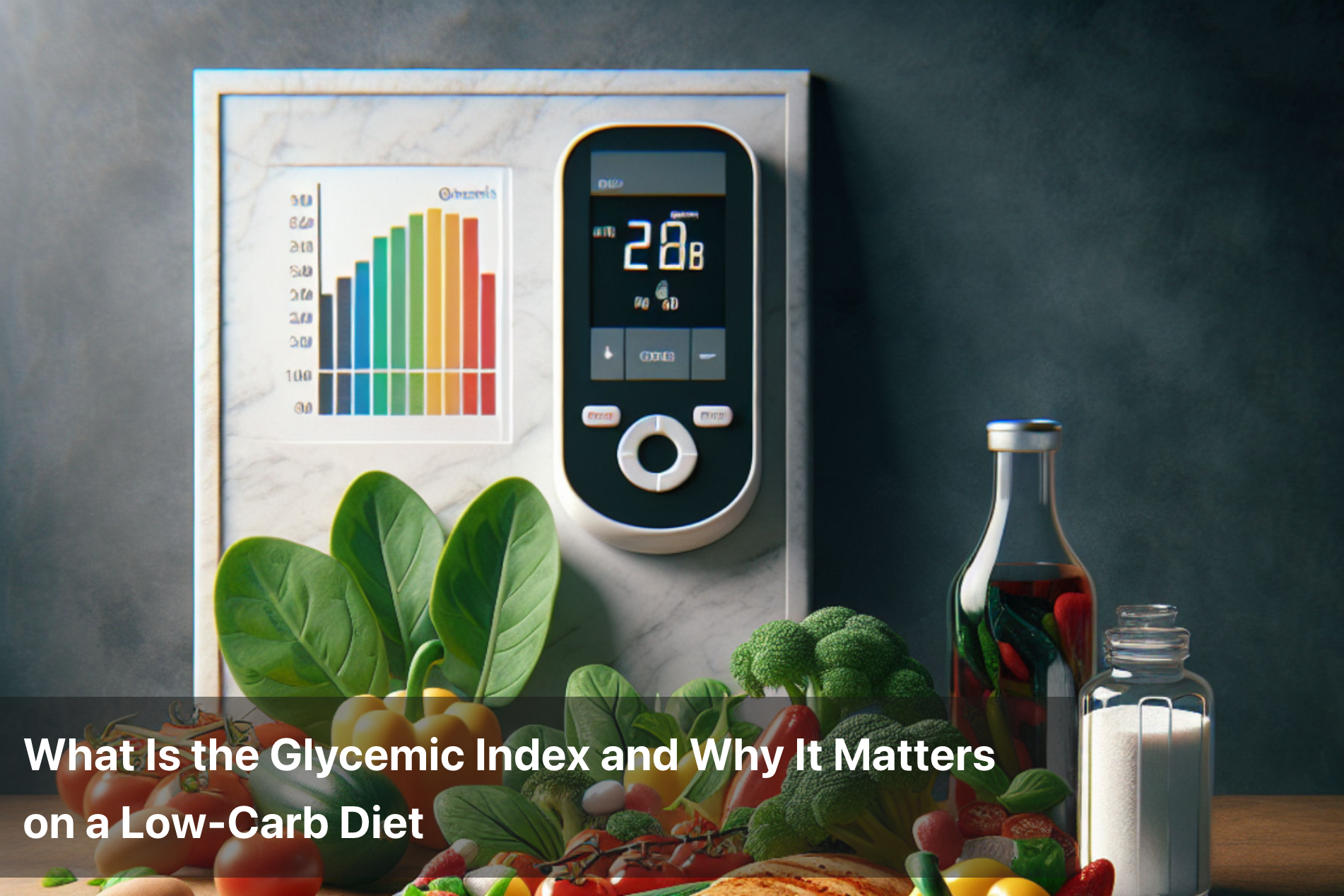
What Is the Glycemic Index and Why It Matters on a Low-Carb Diet
The quality of carbohydrates in your diet is just as important as the quantity. While low-carb diets focus on reducing total carbohydrate intake, understanding the glycemic index (GI) helps fine-tune food choices for better blood sugar control, weight loss, and energy stability. The glycemic index measures how quickly a carbohydrate-containing food raises blood sugar after consumption. This simple metric can have a significant impact on managing cravings, energy levels, and long-term metabolic health.
Pairing low-carb eating with low-GI foods creates a sustainable, blood sugar-friendly way of eating that supports both health and fat loss.

What Is the Glycemic Index?
The glycemic index ranks carbohydrate-rich foods on a scale from 0 to 100 based on how rapidly they raise blood glucose levels after eating. The higher the number, the faster the food spikes blood sugar.
GI Classification:
-
Low GI (0–55): Slow, steady rise in blood sugar
-
Medium GI (56–69): Moderate effect on blood sugar
-
High GI (70+): Quick spike in blood sugar
Foods with a high glycemic index are rapidly digested and absorbed, leading to sudden increases in blood glucose and insulin. In contrast, low-GI foods release glucose gradually, supporting more stable energy and better appetite control.
Why the Glycemic Index Matters on a Low-Carb Diet
A low-carb diet is designed to reduce glucose and insulin levels, making the glycemic index particularly relevant. Even within a low-carb framework, not all carbs affect the body equally.
Key reasons the GI matters on a low-carb diet:
-
Helps control blood sugar spikes
-
Reduces cravings and hunger
-
Enhances insulin sensitivity
-
Supports steady energy levels
-
Minimizes fat storage triggered by high insulin
Choosing low-GI foods ensures that the limited carbs you do eat are high in quality and metabolic benefit.
High GI vs Low GI: What’s the Impact?
|
Factor |
High GI Foods |
Low GI Foods |
|---|---|---|
|
Blood Sugar Impact |
Rapid spike followed by crash |
Gradual increase and stable levels |
|
Insulin Response |
High insulin surge |
Moderate insulin response |
|
Hunger/Cravings |
Increased appetite, cravings |
Greater satiety and reduced hunger |
|
Fat Storage |
Encourages fat storage |
Supports fat burning |
|
Energy Levels |
Sudden highs and lows |
More sustained energy |
|
Examples |
White bread, sugar, potatoes, sugary cereals |
Lentils, leafy greens, nuts, Greek yogurt, berries |
Symptoms of Blood Sugar Spikes from High-GI Foods
Frequent consumption of high-GI foods can cause noticeable symptoms, especially for those sensitive to blood sugar fluctuations.
Common signs:
-
Fatigue shortly after meals
-
Intense cravings, especially for sugar
-
Mood swings and irritability
-
Headaches or brain fog
-
Increased hunger soon after eating
-
Afternoon energy crashes
These effects make weight loss and energy regulation difficult, even on a low-carb plan if food quality isn’t considered.
Factors That Influence the Glycemic Index of Foods
Several elements can affect a food’s GI, even if its base ingredient is the same:
-
Ripeness: Riper fruits have higher GI due to increased sugar content
-
Cooking method: Overcooked pasta or starchy vegetables have higher GI
-
Food processing: Refined grains and flours digest faster, raising GI
-
Fat and fiber content: Meals with fat or fiber digest more slowly, lowering GI
-
Combination of foods: Eating carbs with protein or fat reduces their glycemic effect
Even high-GI foods can have a reduced impact when eaten with low-GI companions.
Tips to Choose and Combine Low-GI Foods on a Low-Carb Diet
Maintaining a low-carb diet becomes more effective when combined with low-GI eating. Choosing foods that are both low in carbs and low on the glycemic index enhances results.
Smart tips:
-
Combine carbs with protein or healthy fats to slow digestion
-
Focus on non-starchy vegetables like spinach, broccoli, zucchini
-
Choose berries instead of bananas or grapes for fruit options
-
Use whole grains like quinoa or steel-cut oats in small portions, if needed
-
Include nuts, seeds, and legumes for fiber and sustained energy
-
Avoid juices, sugary cereals, white bread, and processed snacks
Sample Low-GI, Low-Carb Day Plan
|
Meal |
Menu |
|---|---|
|
Breakfast |
Scrambled eggs with spinach sautéed in olive oil + black coffee |
|
Snack |
Handful of almonds or a boiled egg |
|
Lunch |
Grilled chicken with mixed greens, cucumber, olive oil dressing, and avocado |
|
Snack |
Greek yogurt (unsweetened) with chia seeds and a few blueberries |
|
Dinner |
Stir-fried paneer or tofu with sautéed zucchini and cauliflower rice |
This plan includes low-carb, low-GI options that keep blood sugar and energy levels stable throughout the day.
Precautions When Using the Glycemic Index
The glycemic index is a useful tool, but it shouldn't be the only factor in food choices. Some low-GI foods can still be high in sugar (like chocolate or ice cream) if they contain fat, which slows digestion.

Use the GI wisely:
-
Don’t rely on GI alone—look at net carbs, fiber, and ingredients
-
Choose whole, unprocessed foods over packaged items
-
Pair low-GI foods with other nutrients for balanced meals
-
Be mindful of portion size, even for low-GI foods
Focus on the overall nutrient profile rather than chasing numbers.
Summary
The glycemic index offers valuable insight into how different carbs affect your body. On a low-carb diet, pairing reduced carb intake with low-GI food choices amplifies the benefits—keeping blood sugar stable, energy steady, and hunger in check. This combination supports fat burning, metabolic balance, and long-term dietary success.
Choosing low-carb, low-GI foods like leafy greens, healthy fats, lean proteins, berries, and legumes makes the low-carb lifestyle more sustainable and rewarding. With mindful choices and the right information, food becomes a tool for better health.
This Blog post is an initiative by Lo! Foods, to provide accurate and Nutritionist / Doctor approved information related to Health. Lo! Foods is India's leading brand for Everyday Functional Foods. Foods designed for specific Health conditions or Needs. Lo! Foods also runs India's largest range of Low Carb Healthy Cloud Kitchens, under the brand names of Lo!, ProteinChef, ATH (All Things Healthy) and DiabeSmart.



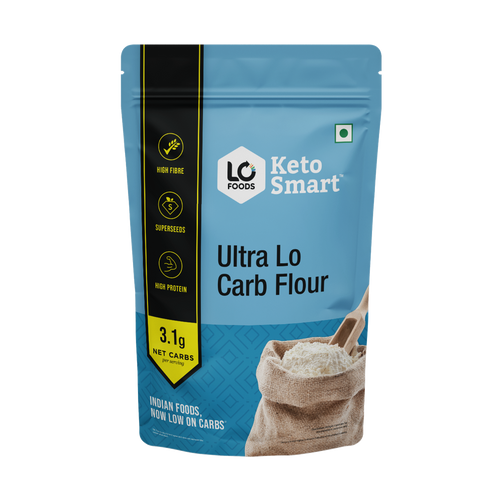
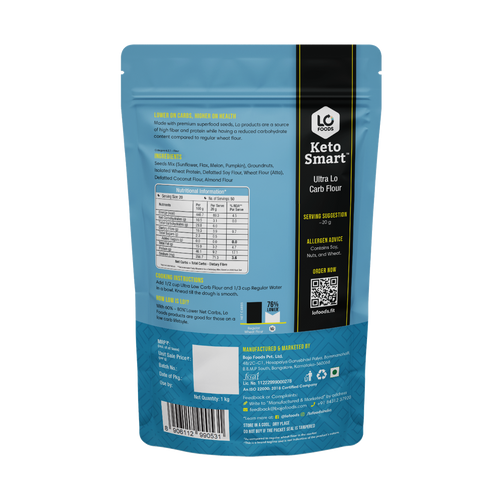

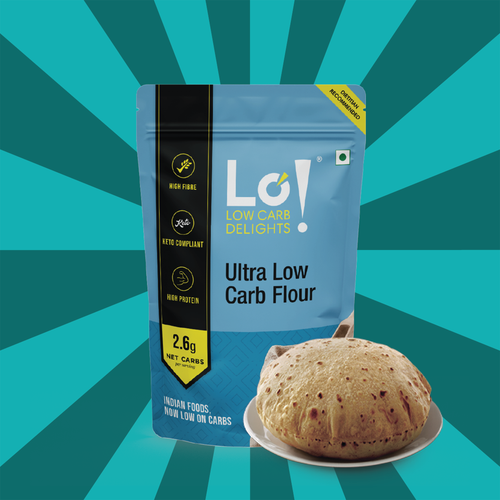
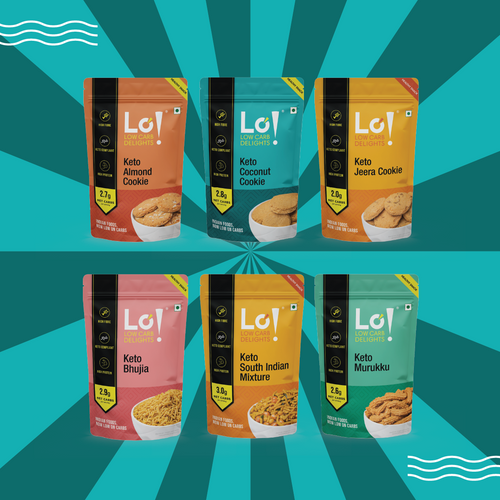

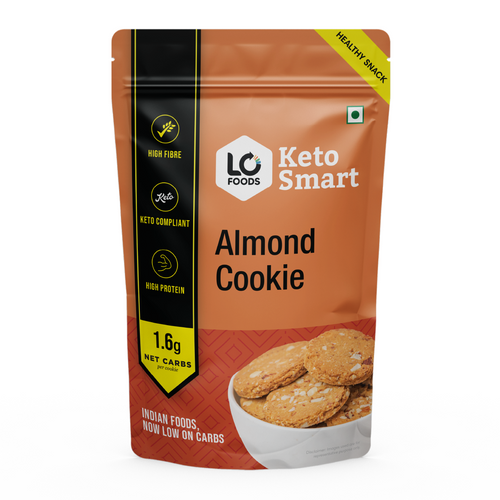

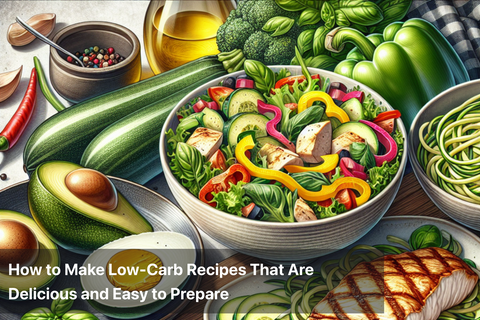



Leave a comment
Your email address will not be published.